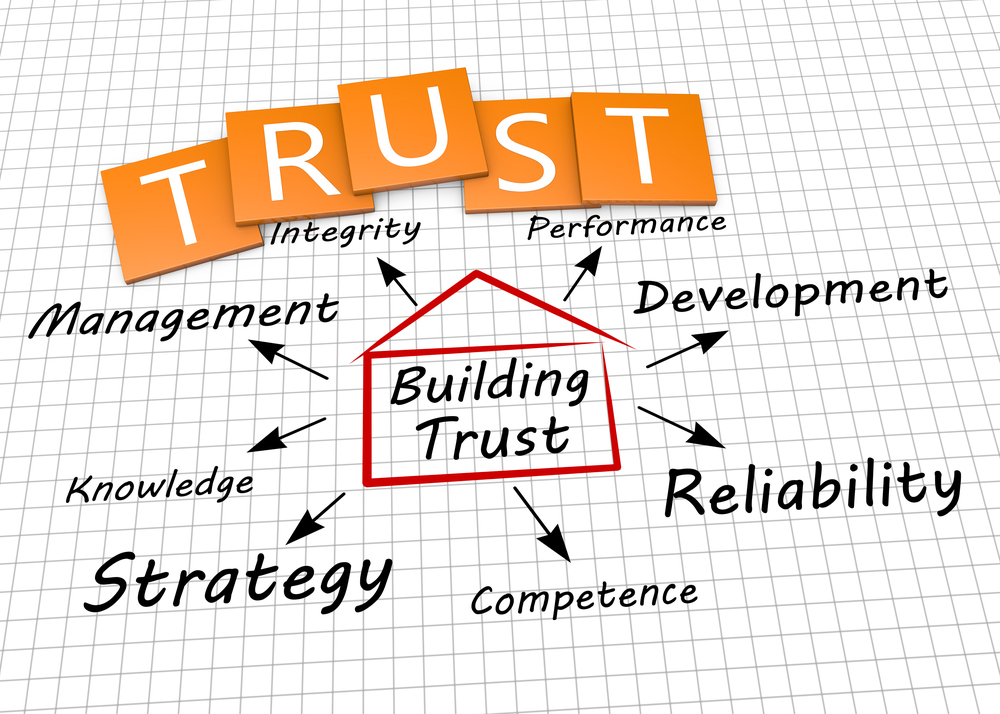The pandemic has tested the plasticity of company cultures like never before. Organizations that were flexible enough to change large parts about how they operate, and do it quickly, were able to spark innovation that will outlive the circumstances that motivated those changes in the first place. In some cases, entire businesses changed, not just in how they delivered their products or services but also in what they delivered entirely.
Similar to trees adapting to grow taller above a forest canopy to reach more sunlight or shorter plants on the forest floor adapting to live in the shade, companies that were willing to change their behaviors in 2020 were the ones whose doors didn’t close (or weren’t forced to significantly shrink head count). Some even thrived.
Adaptation is such an important part of growth because it is the outcome of innovation, of letting new ideas come to light. But most importantly, it’s about being unafraid to test new ideas and unafraid of the potential for failure. After all, any accomplishment a person has ever had was due to a moment or collection of moments of bravery in the face of defeat.
What is the common thread of companies that were able to reshape in dire circumstances? Their cultures allowed room for innovation by allowing room for failure.
Real Innovation is Internal
A Forbes article suggests the reason behind big businesses struggling to innovate internally is due to the typical business culture. Although corporations might posture with special teams or groups designed to bring forth new ideas, the new things they take to market tend to be outsourced.
There’s nothing inherently wrong with leveraging relationships and capital to provide a better experience to customers, but the article presents two strategic challenges:
- Herding—Businesses are good at achieving new outputs by outsourcing innovation. But the problem is that it becomes a quickly saturated commodity available to anyone with the power to buy.
- Optimization—Once a company attains an innovative product or service, it must now figure out how to deploy it in a way that creates the most value for its company and customers—and, more importantly, how to continue innovating.
The other challenge I would add comes when a business is faced with unprecedented circumstances (such as a global pandemic or financial crisis) and hasn’t built up the internal muscle for innovation to make the right decisions for its people before it’s too late.
Organizations that have incubator-type groups are essentially telling the rest of their employees that only a small portion of the company is capable of thinking outside the box. Unfortunately, when a business limits the number of people it trusts to help it grow, it has trouble growing. Who would have thought?
But building up that muscle to innovate with what you have and be ready for when the old ways of doing things are no longer an option doesn’t require a revolutionary org transformation or culture shift. All companies really need is to establish a little bit of trust in their people. By doing so, employees are given room to fail, but most importantly, they are given room to succeed in a far greater way than they ever have.
Room to Fail is Room to Stretch
For trust to result in business growth by way of innovation, it has to be facilitated at all levels of the organization and facilitated in ways that can push the business forward in the right direction. That said, achieving alignment with what a business is trusting its employees to accomplish and how those accomplishments impact the business strategy can be difficult to do. Luckily, performance management technologies are evolving to make it a much easier feat by utilizing goals and OKRs to their fullest value. They do so by making it easy to give people the room to fail and grow in the right directions. In doing so, the organization can strengthen its innovation muscle companywide. There are two keys to choosing technology that can enable people in the right ways:
- Encouraging people to stretch—Creating goals for employees, teams, departments, and leadership alike isn’t enough. Goals need to be challenging and customized to individuals’ skills and informed by their personal interests and the business strategy of the organization. In turn, people will be invested in learning new skills or taking on new responsibilities, and those new capabilities will provide direct value to the company, with no waste. If goals are set in the right way, people will accomplish what’s needed of them at a minimum, with the upshot of learning new ways to accomplish more in a safe environment.
- Connecting performance—With a sophisticated digital platform, the organization is given visibility into the goals that have been set at all levels and how those goals push company objectives forward. By connecting the company holistically, the business can acquire a new culture of growth and ensure that moments of innovation, no matter where they happen, impact the right business needs.
Trust is the Hard Part (But It Shouldn’t Be)
While technology can give the business and its employees the tools to do more, and be better, truly adapting still requires companies to trust their people to rise to the challenge. By aligning the workforce with company goals holistically and encouraging employees to try new things, businesses can leverage potential failures into revolutionary innovations—adapting to overcome.
Srikant Chellappa is the President and Co-Founder of Engagedly, a new age performance management software that redefines performance appraisals by simplifying and incorporating elements of employee engagement into the performance review process . He has spent over 20 years in leading organizations in software development and consulting in the United States. With a unique background in technology; people management; health IT; and film writing, directing, and production, Chellappa brings a diverse set of experiences across industries and specialties to build high-performing, highly engaged organizations.

